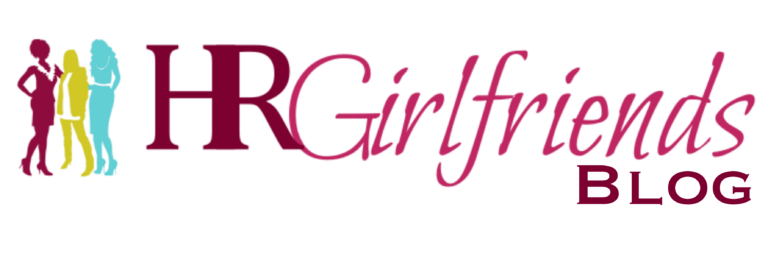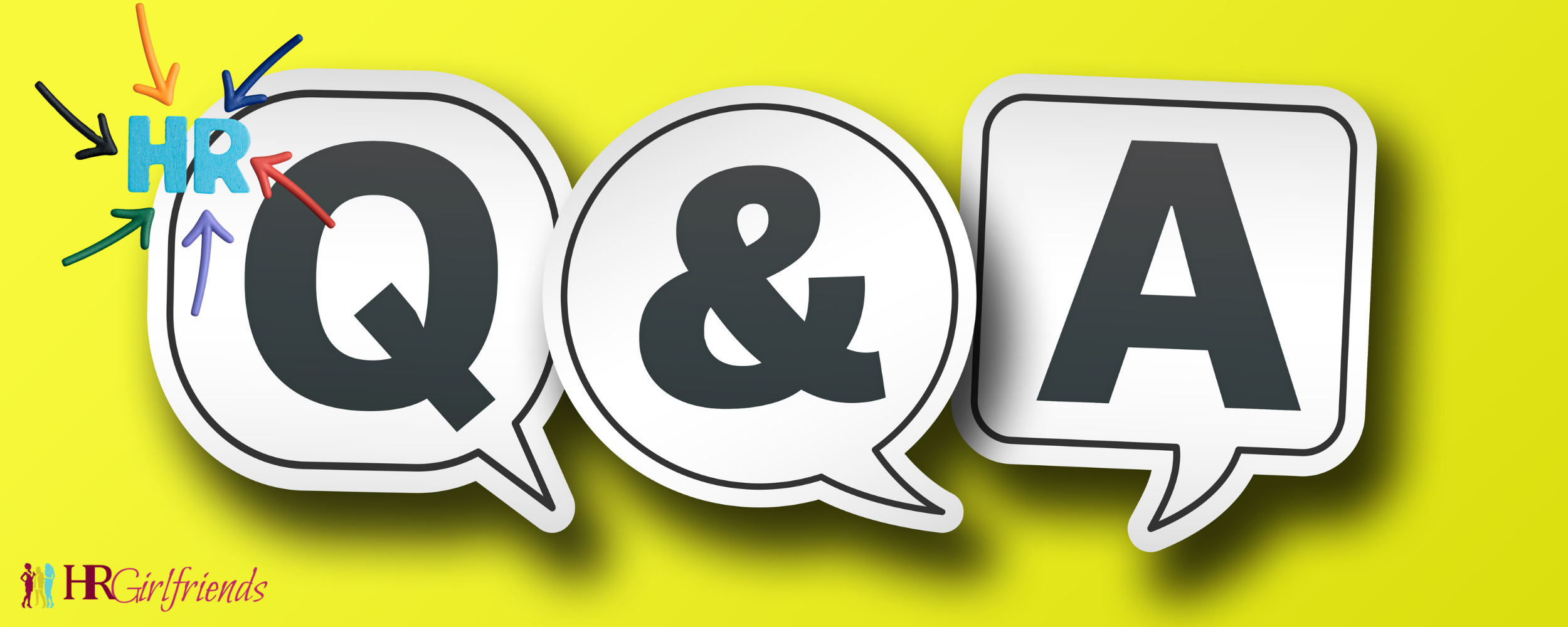How Paid Family Leave and Related Programs Can Help Your Business
Employment benefits that improve quality of life, increase flexibility, and enable people to attend to their personal needs rank high among both employees and job-seekers. And yet, according to the Bureau of Labor Statistics (BLS), while 79 percent of employees have access to paid sick leave, only 23 percent have access to paid family leave.
What’s the difference between these benefits? Sick leave typically entitles people to take time off work when they or a family member are sick or need to see a doctor for preventative care. State-mandated sick leave benefits often top out around 40 hours per year, but paid sick leave is a common benefit that many companies offer even when it’s not required by law. Employees appreciate being able to rest and recover without a ding to their paycheck. Employers win because employees don’t come to work while sick and risk infecting coworkers and customers.
Paid family leave programs, whether funded by the state or offered by an employer out of the goodness of their heart, generally cover more lengthy illnesses and life events. For example, California’s state-sponsored program provides up to eight weeks of wage replacement benefits in a 12-month period. Benefits can be collected when taking time off for the birth of a child or adoption or foster care placement of a child; to care for an employee’s family member with a serious health condition; and to participate in a qualifying event as a result of a family member’s military deployment to a foreign country.
Unsurprisingly, not many companies offer their own paid family leave benefit. It is expensive, which is why states that provide paid family leave benefits typically fund it through payroll deductions. For employees, unpaid leave is better than no leave, but unpaid leave isn’t always a realistic option. In many cases, people who need time off to care for a family member can’t afford to take it—or they don’t take as much of it as they’d like. They feel they have no choice but to work. Paid leave, on the other hand, gives people a real option to take time off. It makes it possible for them to balance their obligations at work and at home.
Paid family leave can have an upside for your business too. When people feel needed at home, but can’t afford to take time off, they are distracted, extra stressed, fatigued, and prone to burnout. Their mind isn’t on the job – it’s on the loved one that needs them. When a business offers paid time off, it makes an investment in its people, a small short-term loss for a big long-term gain. Paid leave gets people back to work when they’re actually ready and able to work effectively, and it generates feelings of loyalty toward the company that was there for them when they needed it. That’s why employers keen on attracting and retaining skilled people often choose to offer various paid leave benefits when they’re not legally required to do so.
If you determine a paid family leave benefit is something your company would like to offer, here are some of our recommended practices:
1. Clearly communicate what your paid family leave policy covers – how much money and time is offered and for what reasons. A lot of different benefits can be put under the “family leave” umbrella. To avoid confusion or misunderstanding, be clear about what you offer. Paid leaves to consider include baby bonding, bereavement leave, taking care of an ill or injured family member, and military family leave. Clarify what each leave can be used for. For example, if you offer paid time off for bereavement, your policy might specify that it can be used following the death of an immediate family member or the loss of a pregnancy.
2. Be sure that you aren’t creating a leave program that’s discriminatory. To avoid a gender discrimination complaint, provide baby bonding leave for both parents in equal amounts. Baby bonding leave should also be available for an employee who is adopting or fostering a child.
3. Along similar lines, if you also provide paid short-term disability benefits, treat paid leave for baby bonding completely separate. In other words, a pregnant employee would get disability benefits when they’re disabled during and after pregnancy. Then, once they’re no longer disabled (or when their disability benefit runs out), their paid family leave for baby bonding starts. Collapsing pregnancy disability and baby bonding leave together could give rise to complaints of disability discrimination or gender discrimination.
4. Encourage use of your paid leave programs. Sometimes employees are nervous about taking time off – or too much of it – even when it’s offered to them. They may feel that they’re inconveniencing their coworkers or irritating their boss – as though paid leave is allowed but may be frowned upon. This is a cultural problem, and it has a cultural solution. First, regularly talk to your employees about the importance of taking time off – for whatever reason. Second, when people do take time off, talk about it as a good thing. Third, if the situation calls for it, offer additional support. Let the employee know you’re there for them if needed.
5. Ensure that employees aren’t penalized for using paid family leave. Often there is a disconnect between what HR and company executives want to offer and what managers actually tolerate. For example, if you were to see a trend that employees who use the paid family leave benefit are less likely to be promoted, you’d want to look at why that is and take steps to correct it. If employees discover that use of their benefits puts their career development at a disadvantage, this may discourage them from reaping the benefits of paid time away and expose the company to discrimination claims.
You can learn more about paid family leave and related compliance obligations on the platform. Select “Leaves and Accommodations” under the Topics tab at the top of the page or use the search bar if you have a specific question in mind.




